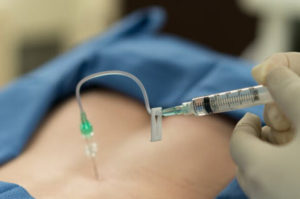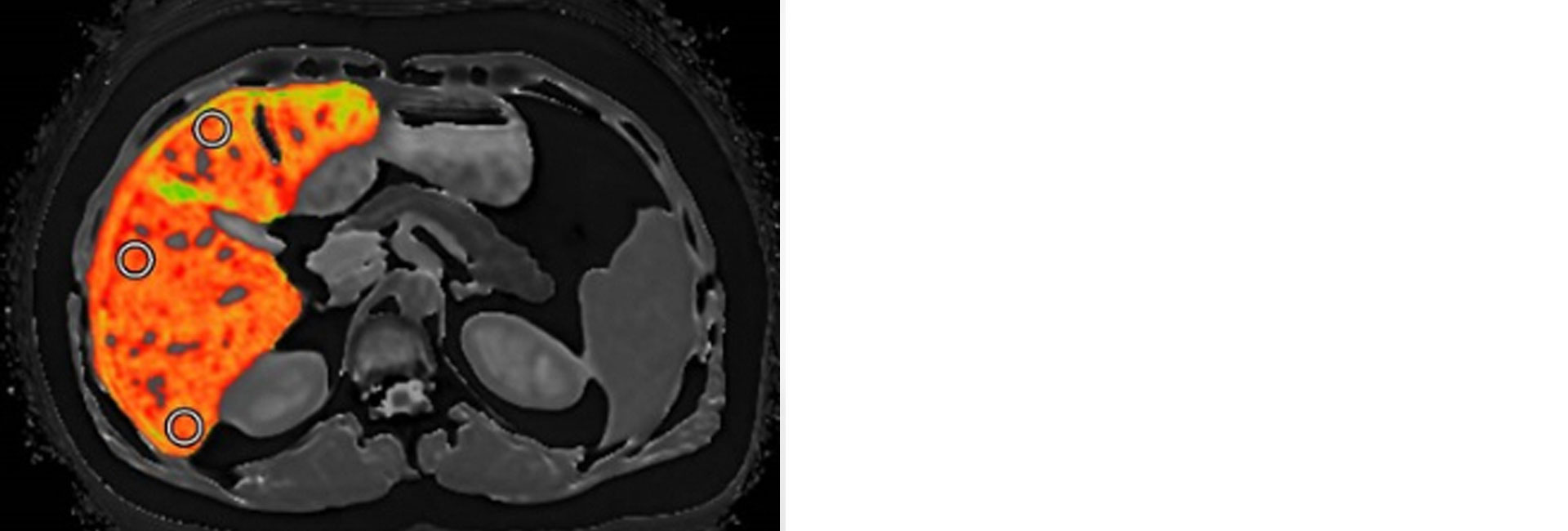Partners provides Spine and Joint Injection Procedures
Partners Imaging Centers offers several types of interventional procedures under CT, MRI and Ultrasound guidance. Many of the injections can be therapeutic, diagnostic or both. The non diagnostic procedures are provided for difficult cases not amenable to fluoroscopy.
The following interventional procedures are available and performed by a board certified radiologist at Partners Imaging Centers:
 Arthrogram
Arthrogram
An arthrogram is a test using MRI or CT to obtain pictures of a joint after a contrast material has been injected into the joint. This allows your doctor to see the soft tissue structures of your joint, such as tendons, ligaments, muscles, cartilage, and your joint capsule. These structures are not always visible without administering contrast material.
Myelogram
A myelogram uses CT or X-Ray and a special dye called contrast to make pictures of the bones and the fluid-filled space between the bones in your spine. A myelogram may be performed to find a tumor, an infection, problems with the spine such as a herniated disc, or narrowing of the spinal canal caused by arthritis.
SI Joint (Sacroiliac Joint Injection)
An injection combining a local anesthetic (like Novocain) and anti-inflammatory steroid (not muscle building) into and around the SI joint in your pelvis. The local anesthetic numbs the joint and also numbs and relaxes the muscles around the joint, which can result in sustained pain relief.
Glenohumeral Joint Injection
The glenohumeral joint is the major joint within the shoulder and the most mobile joint in the body. Injections are usually done under CT guidance with a local anesthetic (like Novocain) and an anti-inflammatory steroid (not muscle building). These types of injections are used for both therapeutic and diagnostic purposes and only take 10-15 minutes to perform.
Epidural Steroid Injection
An injection where medicine is placed in the cervical, thoracic or lumbar spine. A local anesthetic (like Novocain) and anti-inflammatory steroid (not muscle building) is administered at or near the affected area under CT guidance. The purpose for these types of injections are pain relief.
Trans-Foraminal Nerve Root Block
A nerve root block (NRB) is an injection of local anesthetic (like Novocain) and a steroid (not muscle building) under CT guidance into the area where the nerve exits the spinal column. A Trans-Foraminal Nerve Root Block is usually ordered by your doctor for pain in the arm or leg that follows the path of a single nerve. These types of injections are used for both therapeutic and diagnostic purposes and take 15-30 minutes to perform.
Facet Joint Injection
Facet joints are small joints at each segment of the spine that provide stability and help guide motion. The facet joints can become painful due to arthritis of the spine, a back injuries or stress to the back. A cervical (neck), thoracic (upper back) or lumbar (lower back) facet joint injection involves injecting a steroid medication, which can anesthetize the facet joints and block the pain.
Bursa Steroid Injection
Bursa injections can help diagnose the source of pain and provide relief by delivering local anesthetic (like Novocaine) and anti-inflammatory steroid medications (not muscle building) into specific synovial fluid filled fibrous sacs (bursa). This procedure may reduce inflammation, resulting in long-term pain relief.
Piriformis Steroid Injection
A piriformis steroid injection is an injection of a long lasting steroid into the piriformis muscle. The steroid medication injected will help reduce the inflammation or swelling around the nerves that pass near or through the piriformis muscle. A successful CT guided injection may reduce your pain, numbness, tingling or other symptoms that may contribute to nerve inflammation, irritation or swelling.
Acromioclavicular Joint (AC) Injection
Common among athletes and the general population, AC joint injections can be diagnostic, therapeutic, or both. Most specialists utilize AC joint injections after conservative treatment methods have been exhausted and pain persists.















